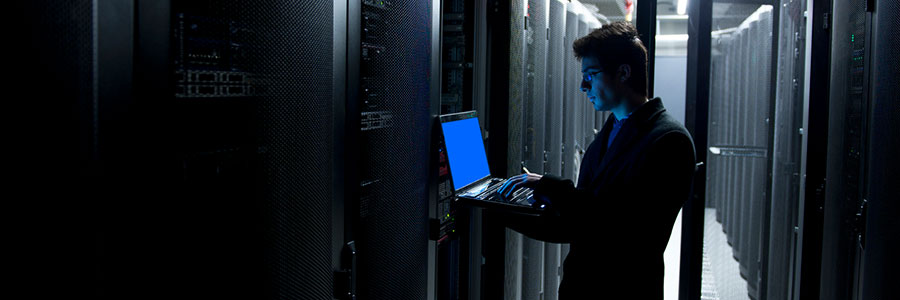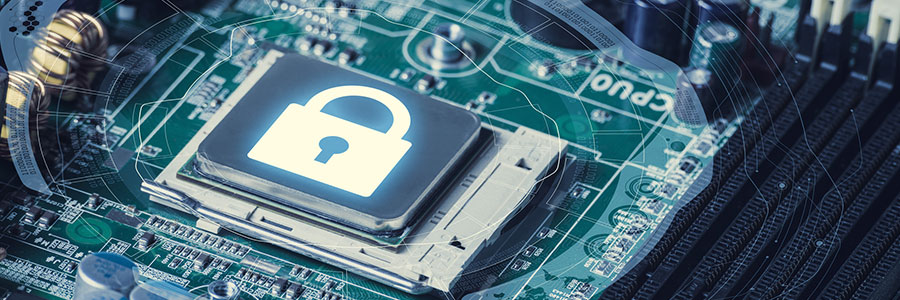The popularity of ransomware like WannaCry and Petya has encouraged cybercriminals to develop prepackaged malware to sell on the black market. This means more ransomware attacks will hit unprepared targets in the years to come. To protect your business, you need virtualized disaster recovery (DR) solutions.
Virtual DR protects against ransomware
Fileless malware: The guileful threat

Fileless malware isn’t new and are an increasingly prevalent threat against organizations. This type of malware is not as visible as traditional malware and employs a variety of techniques to stay persistent. Consequently, it can adversely affect your business process and the infrastructures that run them.
Autocomplete password risks
Why you need a VPN and how to choose one
The best way to secure PHI
There is ransomware for Android devices

Ransomware is not just for computers anymore. Malicious software that can hold Android-running smartphones hostage is growing in number. With that in mind, here are some facts about ransomware, and how you can protect your device from it.
How does ransomware make it onto your Android device?
Like its desktop equivalent, mobile ransomware needs to be installed on your device before it can do damage.
3 Types of hackers you should know about

What do you call someone who hunts for security gaps in computer hardware and software? A hacker, right? What about someone who presents their findings to vendors to help them improve the quality of their products? There is more than one type of hacker, and understanding the difference is important.
Mobile security threats in Android
What exactly is proactive cybersecurity?

Most managed IT services providers (MSPs) promise “proactive” cybersecurity consulting. Businesses large and small embrace the idea of preventing cyberattacks and data breaches before they happen, and MSPs themselves would much rather brainstorm safeguards than troubleshoot time-sensitive downtime events.
The benefits of hyperconvergence

Diverting funds away from primary business functions to deploy and maintain IT infrastructure used to be hard for SMBs. However, with hyperconvergence making IT more affordable, it's now unavoidable. Here's what you need to know.
What is a hyperconverged infrastructure?
In a traditional IT environment, hardware for networks, servers, and storage had to be purchased separately and set up to work together as one cohesive system.





